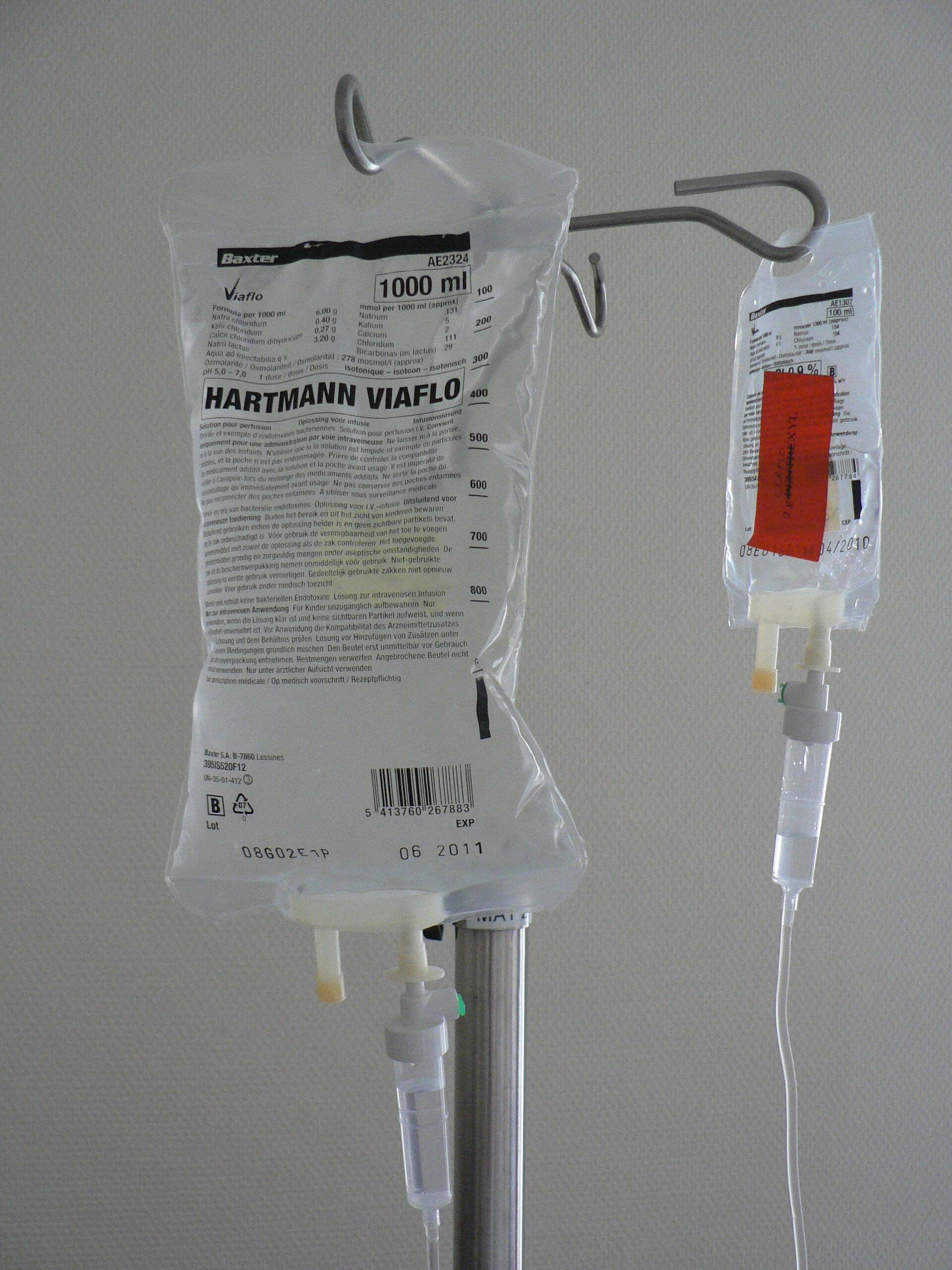As a medical professional or patient, you may have come across an intravenous (IV) set at some point. IV sets are a critical component in medical devices, providing a safe and effective way to deliver fluids, medications, and nutrients directly into the bloodstream. In this post, we’ll dive into the intricacies of IV sets, including their components, types, and common uses.
What is an Intravenous Set?
An intravenous set, commonly known as an IV set, is a medical device used to deliver fluids, medications, and nutrients directly into a patient’s bloodstream through a needle or catheter. IV sets typically consist of several components, including a needle or catheter, tubing, a drip chamber, a roller clamp, and a connector. The needle or catheter is inserted into a vein, and the fluids or medications are delivered through the tubing and into the patient’s bloodstream.
Components of an Intravenous Set
Needle or Catheter: This is the part of the IV set that is inserted into the patient’s vein. The needle or catheter can be made of various materials, including plastic, metal, or silicone.
Tubing: The tubing connects the needle or catheter to the drip chamber, allowing fluids or medications to flow from the IV bag to the patient’s bloodstream. IV tubing can be made of various materials, including PVC and polyurethane.
Drip Chamber: The drip chamber is where the fluid or medication drops are counted, allowing medical professionals to monitor the flow rate and adjust it as necessary.
Roller Clamp: The roller clamp is used to adjust the flow rate of the fluid or medication. It is typically placed on the tubing between the drip chamber and the connector.
Connector: The connector is where the IV set is connected to the IV bag or other medical device.
Types of Intravenous Sets
There are several types of IV sets available, each designed for specific medical applications. The most common types of IV sets include:
Standard IV Set: This is the most common type of IV set, consisting of a needle or catheter, tubing, a drip chamber, a roller clamp, and a connector. Standard IV sets are used for general fluid and medication delivery.
Blood Transfusion Set: Blood transfusion sets are used to transfuse blood or blood products into a patient’s bloodstream. These sets typically include a filter and a Y-connector.
Extension Set: An extension set is used to extend the length of the IV tubing, allowing for easier access to the IV site. Extension sets can also be used to administer multiple medications at once.
Infusion Pump Set: An infusion pump set is designed for use with an infusion pump, allowing for precise and controlled delivery of fluids and medications.
Common Uses of Intravenous Sets
IV sets are used in a variety of medical settings, including hospitals, clinics, and home care. Some common uses of IV sets include:
Fluid Replacement: IV sets are used to deliver fluids, such as saline or dextrose, to patients who are dehydrated or unable to take fluids orally.
Medication Administration: IV sets are used to deliver medications directly into the bloodstream, allowing for quick and effective treatment.
Nutrition: IV sets are used to deliver nutrients, such as amino acids and lipids, to patients who are unable to eat or digest food.
Blood Transfusions: IV sets are used to transfuse blood or blood products into patients who have lost blood due to injury or surgery.
Conclusion
Intravenous sets are a critical component in medical devices, providing a safe and effective way to deliver fluids, medications, and nutrients directly into the bloodstream. They are used in a variety of medical settings and for a variety of applications. Understanding the components, types, and common uses of IV sets is essential for medical professionals and patients alike. Whether you are a nurse administering fluids to a patient or a patient receiving medication, it’s important to know how IV sets work and what to expect.





